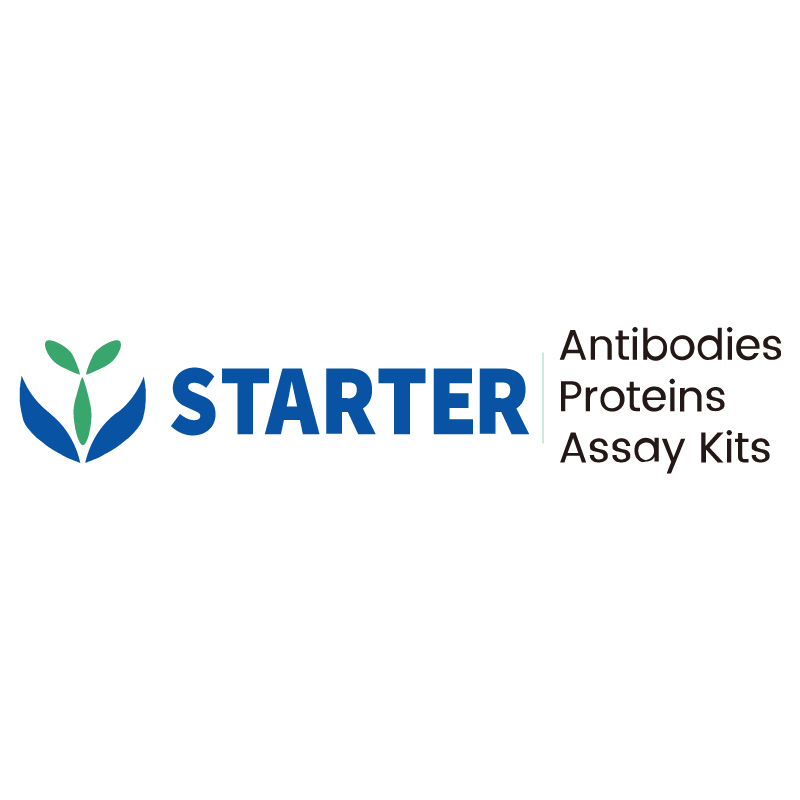Flow cytometric analysis of Lewis Rat splenocytes labelling Rat CD90 antibody at 1/2000 (0.1 μg) dilution/ (Right panel) compared with a Mouse IgG1, κ Isotype Control / (Left panel). Goat Anti-Mouse IgG Alexa Fluor® 488 was used as the secondary antibody. Then cells were stained with CD3 - Brilliant Violet 605™ Antibody separately.
Product Details
Product Details
Product Specification
| Host | Mouse |
| Antigen | CD90 |
| Synonyms | Thy-1 membrane glycoprotein; Thy-1 antigen; Thy-1; Thy1 |
| Location | Cell membrane |
| Accession | P01830 |
| Clone Number | S-R687 |
| Antibody Type | Mouse mAb |
| Isotype | IgG1,k |
| Application | FCM |
| Reactivity | Rt |
| Positive Sample | Lewis Rat splenocytes |
| Purification | Protein G |
| Concentration | 2 mg/ml |
| Conjugation | Unconjugated |
| Physical Appearance | Liquid |
| Storage Buffer | PBS pH7.4 |
| Stability & Storage | 12 months from date of receipt / reconstitution, 2 to 8 °C as supplied. |
Dilution
| application | dilution | species |
| FCM | 1:2000 | Rt |
Background
CD90, also known as Thy-1, is a glycosylphosphatidylinositol (GPI)-anchored glycoprotein and a member of the immunoglobulin superfamily with a molecular weight of 25–35 kDa. It is primarily expressed in leukocytes, fibroblasts, and various stromal cells. CD90 plays a crucial role in cell–cell and cell–matrix interactions, and it is involved in processes such as integrin-mediated signaling, cell adhesion, and cellular extravasation. In the context of hematopoietic stem cells, CD90 is often used as a marker for identifying primitive hematopoietic progenitor cells, particularly in combination with other markers like CD34. Additionally, CD90 is expressed on human mesenchymal stem cells (MSCs) from bone marrow and other sources, highlighting its significance in stem cell biology.
Picture
Picture
FC


